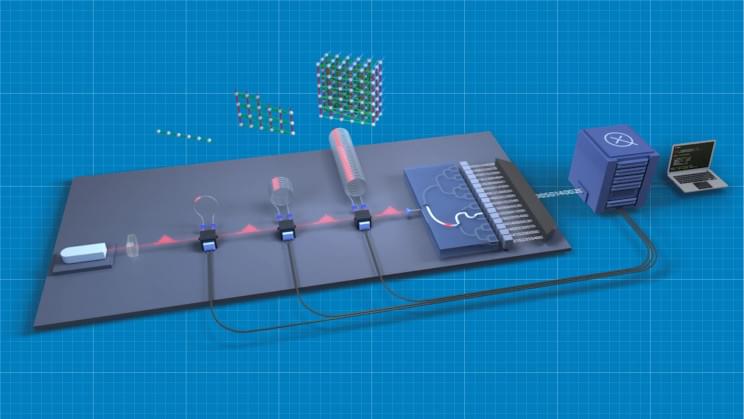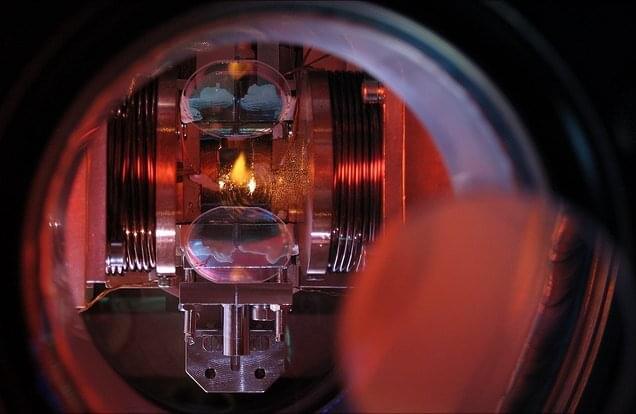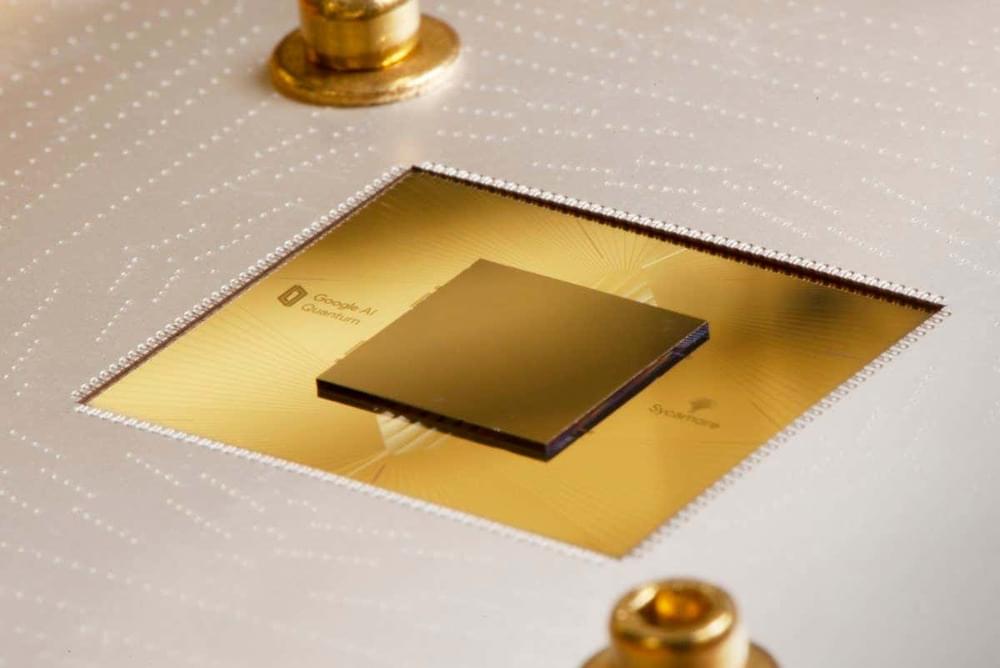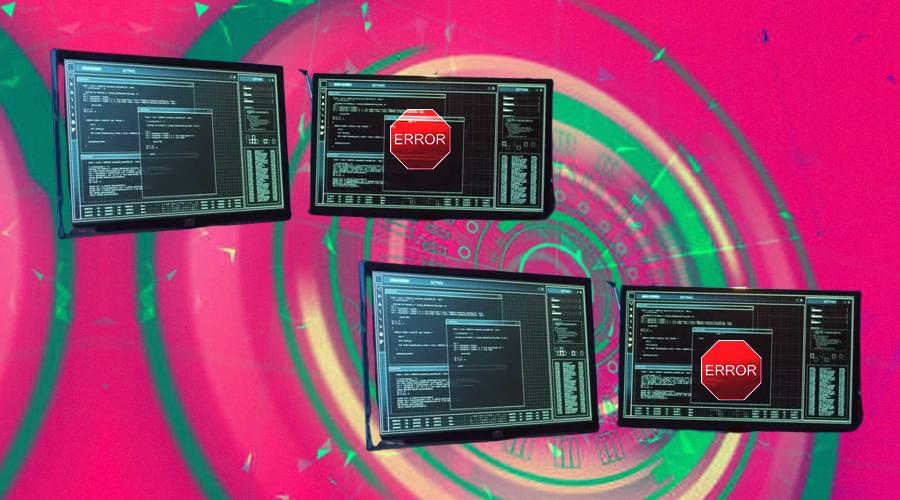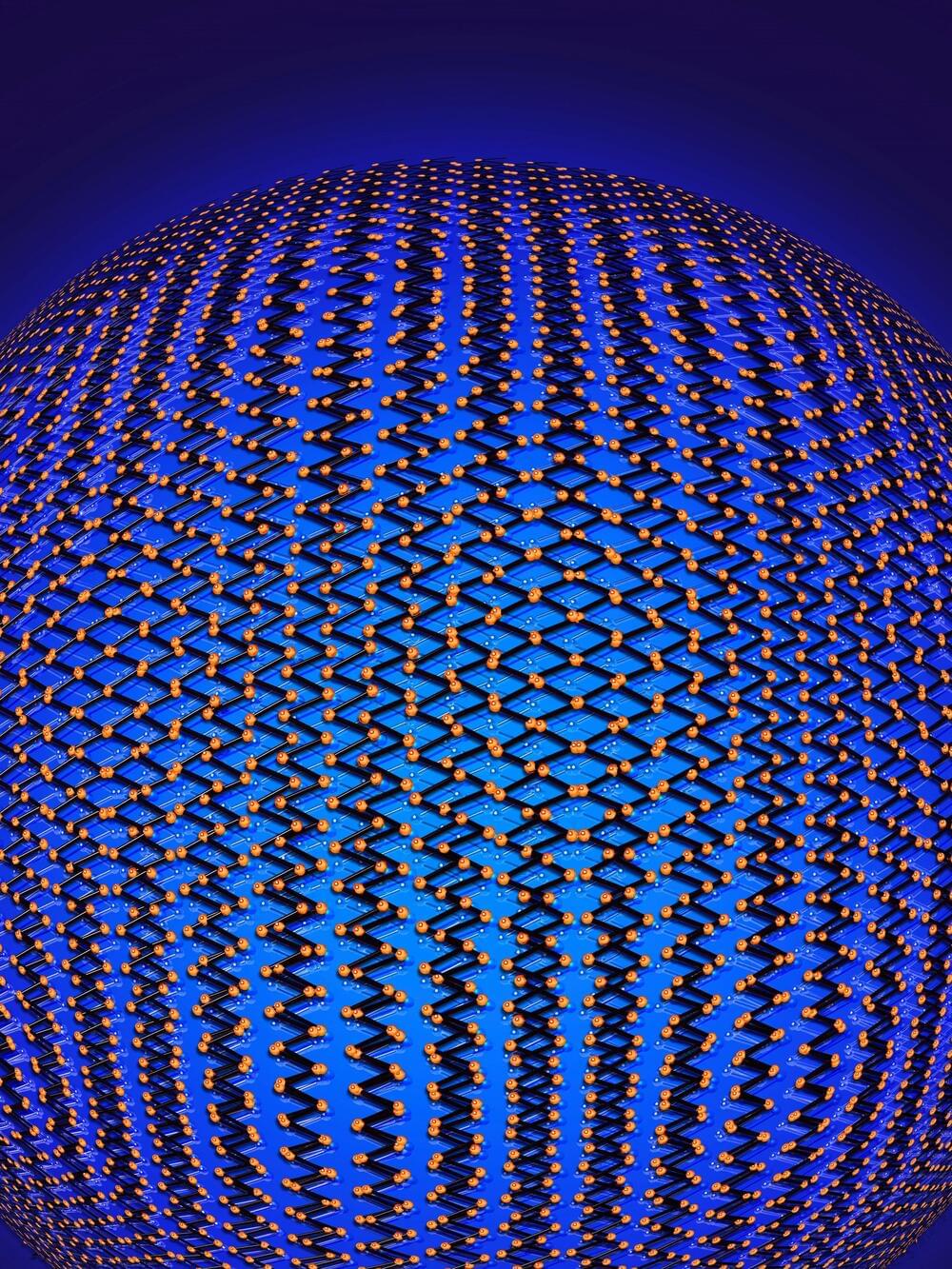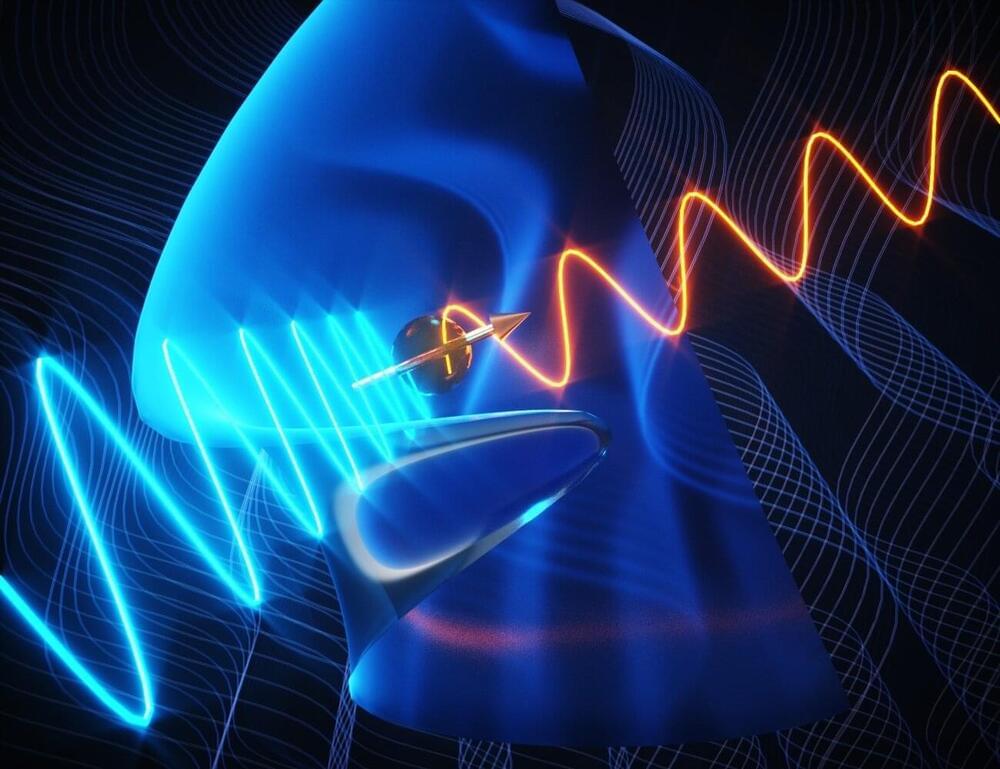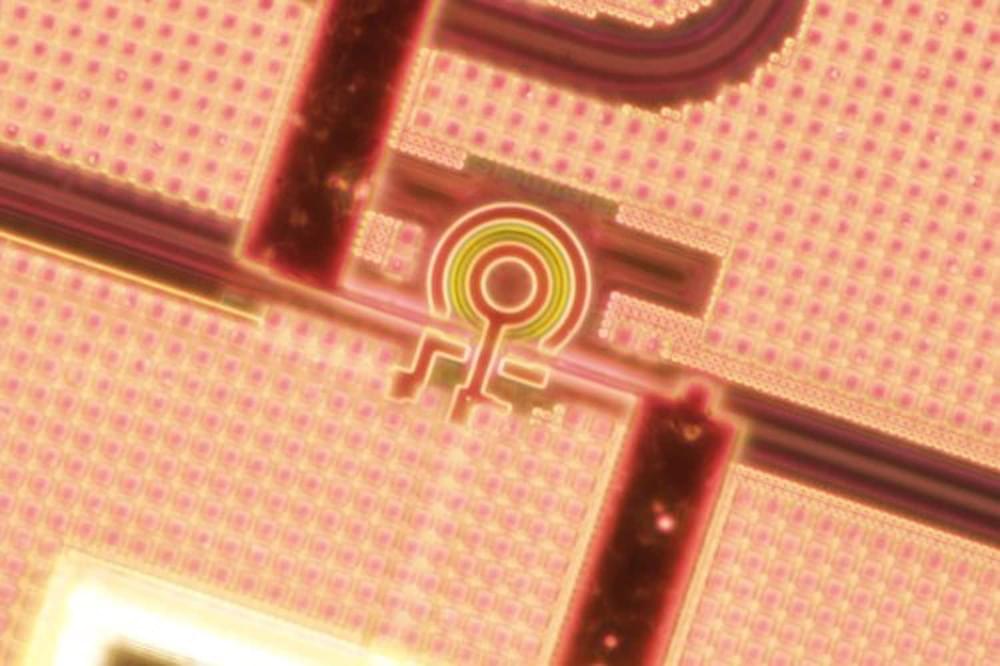Jun 11, 2022
Contrasting the fuzzball and wormhole paradigms for black holes
Posted by Quinn Sena in categories: cosmology, evolution, quantum physics
Circa 2021 Evidence of string theory by black holes as fuzzballs.
Abstract: We examine an interesting set of recent proposals describing a ‘wormhole paradigm’ for black holes. These proposals require that in some effective variables, semiclassical low-energy dynamics emerges at the horizon. We prove the ‘effective small corrections theorem’ to show that such an effective horizon behavior is not compatible with the requirement that the black hole radiate like a piece of coal as seen from outside. This theorem thus concretizes the fact that the proposals within the wormhole paradigm require some nonlocality linking the hole and its distant radiation. We try to illustrate various proposals for nonlocality by making simple bit models to encode the nonlocal effects. In each case, we find either nonunitarity of evolution in the black hole interior or a nonlocal Hamiltonian interaction between the hole and infinity; such an interaction is not present for burning coal. We examine recent arguments about the Page curve and observe that the quantity that is argued to follow the Page curve of a normal body is not the entanglement entropy but a different quantity. It has been suggested that this replacement of the quantity to be computed arises from the possibility of topology change in gravity which can generate replica wormholes. We examine the role of topology change in quantum gravity but do not find any source of connections between different replica copies in the path integral for the Rényi entropy. We also contrast the wormhole paradigm with the fuzzball paradigm, where the fuzzball does radiate like a piece of coal. Just as in the case of a piece of coal, the fuzzball does not have low-energy semiclassical dynamics at its surface at energies $E\sim T$ (effective dynamics at energies $E\gg T$ is possible under the conjecture of fuzzball complementarity, but these $E\gg T$ modes have no relevance to the Page curve or the information paradox).
From: Marcel Hughes [view email]

